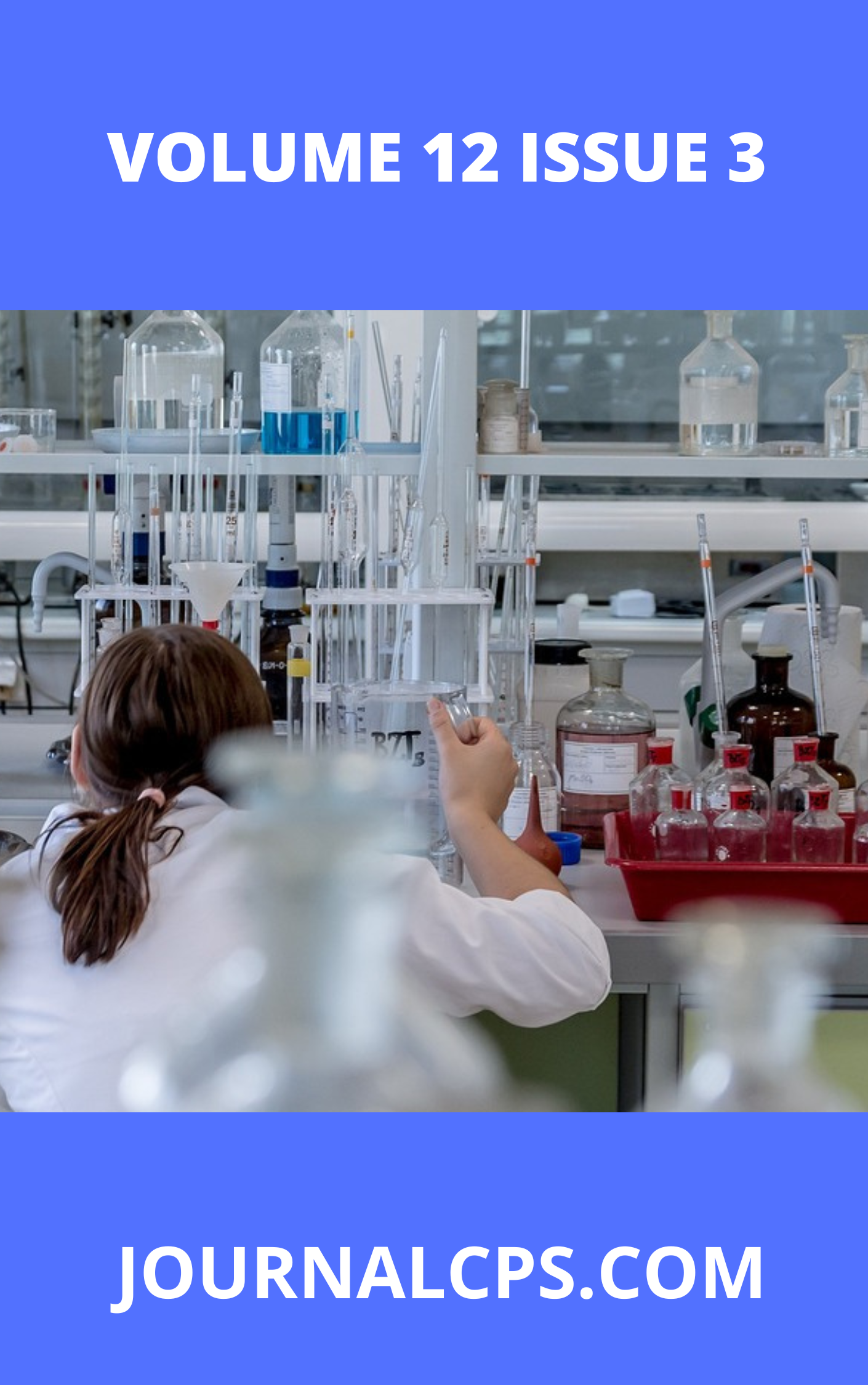Investigation of Acanthus montanus Leaves Extract as Corrosion Inhibitor for Copper in 2 M Sulphuric Acid
Keywords:
Copper, corrosion inhibition, sulphuric acid Acanthus montanusAbstract
This study investigates the corrosion inhibition potential of Acanthus montanus leaves extract (AMLE) on copper in 2 M H₂SO₄ solution. Corrosion is a significant issue for materials in industrial environments, leading to material degradation and economic losses. This study aims to explore the use of AMLE as a green inhibitor to mitigate copper corrosion, aligning with the increasing demand for environmentally friendly solutions. The inhibitory performance was evaluated using weight loss measurements, electrochemical polarization, and electrochemical impedance spectroscopy (EIS). Additionally, adsorption and activation studies were conducted to elucidate the inhibition mechanismIn the experimental setup, copper coupons were immersed in 2 M H₂SO₄ containing different concentrations of AMLE (0.1–0.5 g/L). The results reveal that AMLE significantly reduces the corrosion rate of copper, with inhibition efficiency (%IE) increasing with extract concentration. The weight loss method showed a maximum inhibition efficiency of 81.51% at 0.5 g/L of AMLE. However, inhibition efficiency decreased with increasing temperature, suggesting a temperature-sensitive adsorption process. Electrochemical polarization studies indicated that AMLE acts as a mixed-type inhibitor, reducing both anodic and cathodic corrosion reactions. EIS results demonstrated that AMLE functions by forming a protective layer on the copper surface, with charge transfer resistance increasing proportionally with extract concentration. The FT-IR and SEM analyses confirmed the formation of a protective film comprising extract molecules adsorbed onto the copper surface. Activation energy (Ea) values for the inhibited systems were consistently higher than those of the uninhibited system, indicating that AMLE reduces the corrosion rate by increasing the energy barrier for the corrosion process. The observed increase in activation energy with extract concentration supports a physical adsorption mechanism. Adsorption studies showed that the process is spontaneous and endothermic, with the data fitting well into the Langmuir isotherm model, further supporting physical adsorption. This study highlights the potential of AMLE as a cost-effective and eco-friendly corrosion inhibitor for copper in acidic environments. The extract's ability to form a stable protective layer and its mixed-type inhibition behavior make it a promising alternative to synthetic inhibitors, particularly in industrial applications where environmental safety is a priority.
Downloads
Published
Issue
Section
Similar Articles
- Ifeanyi E. Otuokere, K. K. Igwe, Chelating and Antibacterial Potentials of Benzylpenicillin and its Ni(II) Complex , Communication In Physical Sciences: Vol. 8 No. 2 (2022): VOLUME 8 ISSUE 2
- S. Sani , I. T Siraj , Copper(II) and Zinc(II) Complexes Synthesized by Green Mechanochemical Method and their Antimicrobial Studies , Communication In Physical Sciences: Vol. 7 No. 2 (2021): VOLUME 7 ISSUE 2
- Taye Temitope Alawode, Molecular Docking Studies on Eudesmane Sesquiterpenes as Potential Anti-leishmanial Agents , Communication In Physical Sciences: Vol. 11 No. 4 (2024): VOLUME 11 ISSUE 4
- Chinedum Ifeanyi Nwankwo, Onuchi Marygem Mac-Kalunta, Godfrey Ogochukwu Ezema, Nwokedi Anslem Kenecukwu, Uzoefuna Chima Casmir, Ndu Chidiebere Kingsley, Onuoha Peter Chibuzo, In Silico Anti-Inflammatory Activities of Abelmoschus Esculentus Derived Ligands On Cox-2 , Communication In Physical Sciences: Vol. 12 No. 3 (2025): VOLUME 12 ISSUE 3
- Sunday Emmanson Udoh, Effect of Intake Work Corrosion on Water Quality and Remedial Measures , Communication In Physical Sciences: Vol. 7 No. 4 (2021): VOLUME 7 ISSUE 4
- Usman Umar Modibbo, John Stanley, Martins Moses, Victoria John Danjuma, Nutritional and Chemical Characterization of Avocado Oil from Three Cultivars in Mambila Plateau, Taraba State, Nigeria , Communication In Physical Sciences: Vol. 12 No. 6 (2025): Volume 12 ISSUE 6
- O.V. Ikpeazu, Ifeanyi E.Otuokere, K.K.Igwe, Gas Chromatography–Mass Spectrometric Analysis of Bioactive Compounds Present in Ethanol Extract of Combretum hispidum (Laws) (Combretaceae) Root , Communication In Physical Sciences: Vol. 5 No. 3 (2020): VOLUME 5 ISSUE 3
- Dr Fatai Afolabi, Mr Ismaila Jide Olawale, Professor Sunday 0. 0ladoye, Physicochemical, Phytochemical and Gas Chromatography- Mass Spectrometric Analyses of Gmelina Arborea Root Hexane Extract , Communication In Physical Sciences: Vol. 12 No. 6 (2025): Volume 12 ISSUE 6
- Edet O. Odokwo, Ngozi M. Uzoekwe, Gas Chromatography-Mass Spectrometry Vernonia Hymenolepis Analysis of the Solvent-Solvent Extract of Vernonia Hymenolepis Leaves , Communication In Physical Sciences: Vol. 8 No. 4 (2022): VOLUME 8 ISSUE 4
- Kabiru Usman, H. Abba, O. R. A. Iyun, Preparation and Characterization of African Star Apple Seed Shell (Chrysophyllum Africanum) For The Removal of Acid Red 9 , Communication In Physical Sciences: Vol. 8 No. 1 (2022): VOLUME 8 ISSUE 1
You may also start an advanced similarity search for this article.




